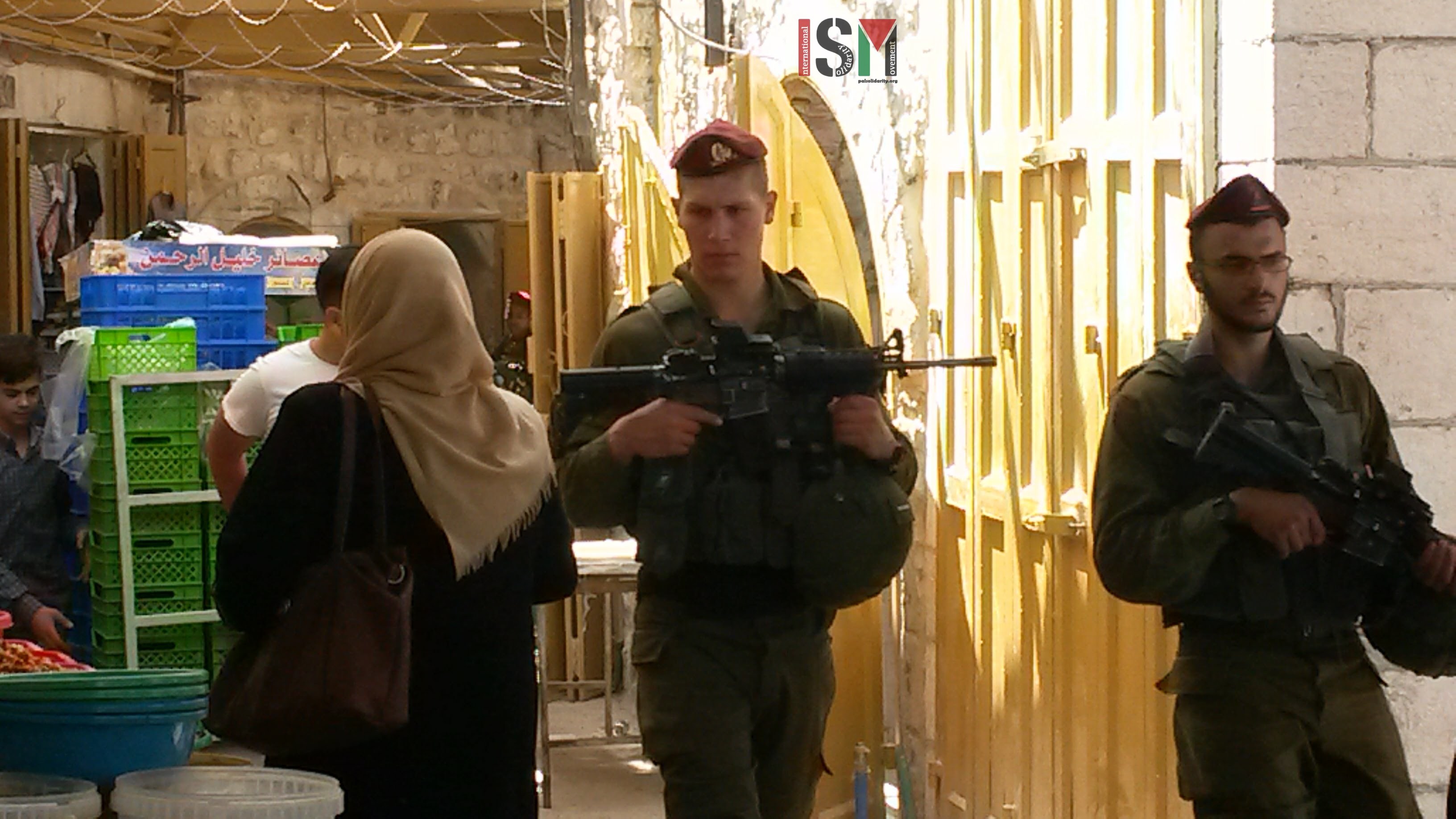Tag: Live Ammunition
-
Two Palestinians and an International shot at non-violent Protest in Kafr Qaddum
November 23, 2018 | International Solidarity Movement | Kafr Qaddum, Occupied Palestine Fourteen years ago the Israeli Government closed the road between Kafr Qaddum and Nablus, extending the distance to 14 km, effectively making what would be a 15 minute journey for the villagers, into 40 minutes. The protests began in 2011 to reopen the…
-
Settler tourists given weekly armed escort through the streets of Al Khalil
Every Saturday, Zionist settler tours take place in the narrow alleys of the souq in Al Khalil’s (Hebron). These guided tours usually last for about an hour, and settlers are always accompanied by armed Israeli forces, intimidating local Palestinians who are trying to make a living by selling their goods in the market. The tours…



